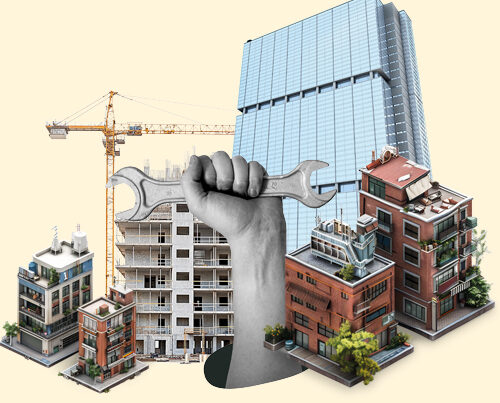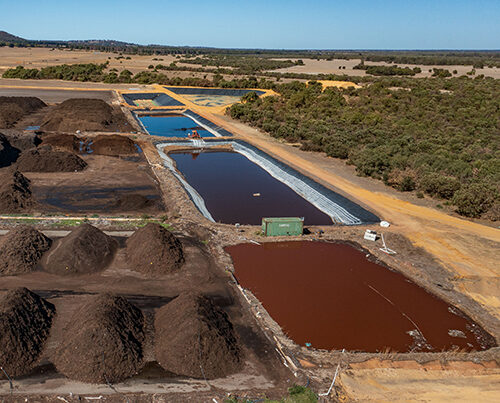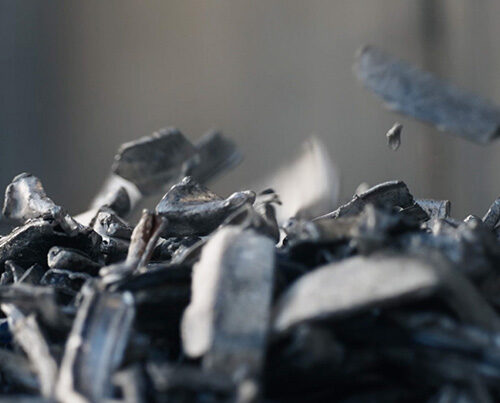Many sectors have had to face some unexpected challenges over the last two years, including coping with rising energy costs and getting hold of reliable supplies of energy. And the recycling industry has been affected along with all the others. We met up with Silvio Löderbusch, managing director of REMONDIS Production (in charge of technology), to talk about his recent energy management experiences and energy supply challenges and to take a look ahead at future sustainability measures at the ‘Lippe Plant’, the largest industrial recycling centre in Europe.
Looking at the way electricity and gas prices have developed over the last two years, this period must have been extremely challenging for you. What were you most worried about as the person in charge of such a large industrial site?
Silvio Löderbusch: The prices were less important to begin with. The general availability of gas and electricity was our main concern. Some supply agreements were no longer being honoured. If we hadn’t been able to get our hands on the energy we needed, then we would’ve had to make huge efforts not only to keep our operations and plant security at the Lippe Plant going but also to supply the infrastructure and the firms located here with the energy they required. We can always compensate for some potential reductions in energy supply but not if supplies stop completely.
Our years of working towards reaching a certain level of energy self-sufficiency certainly paid off, with our on-site waste incineration operations being particularly important here. Of course, we also had to discuss with the various units whether and at what conditions we could continue to supply our customers as previously promised.
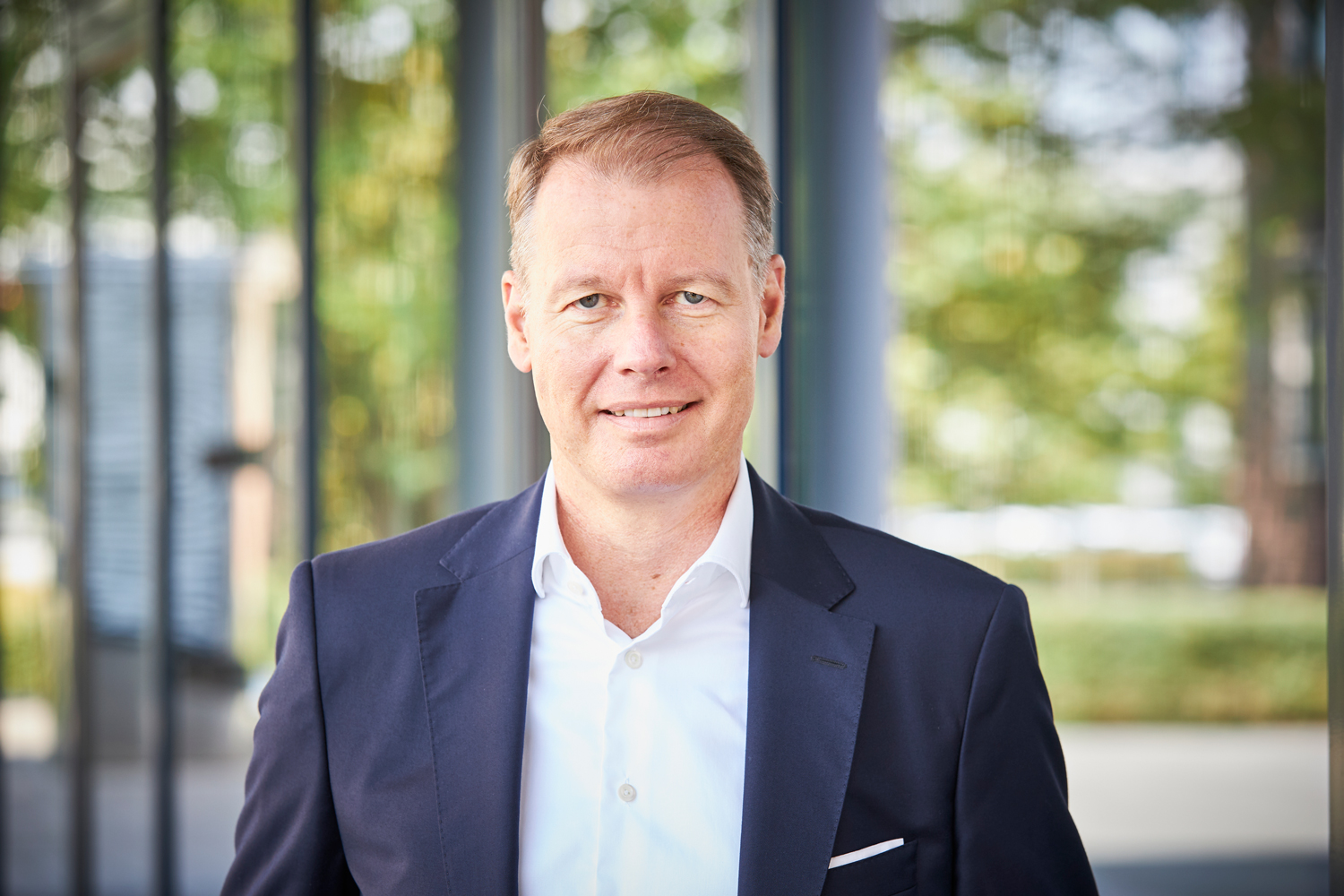
Did you have to cut back your production activities in some areas?
Silvio Löderbusch: Yes, but not before consulting with our customers, who for example found themselves confronted with additional costs that they couldn’t or didn’t want to pay. All in all, though, the drop was less than we had initially feared it would be.
The Lippe Plant generates its own electricity and heat. What role did this play during this time? How energy self-sufficient are you?
Silvio Löderbusch: We are able to supply the Lippe Plant with energy as long as we have waste to incinerate. This makes it possible to shut down facilities in a controlled manner. Other companies had to ration their volumes of energy. We didn’t need to do that. Anyone who wanted or had to operate their facilities were able to do so.
There are several independent companies operating at your site under the RETHMANN umbrella, some of who need energy, some of who produce energy. How do you organise the collaboration work? Or does everyone do their own thing?
Silvio Löderbusch: We have a well-oiled system here. We’re fortunate to be able to supply the site with 60-70% of its electricity requirements during the day, Mondays to Fridays. And we can cover all requirements during the night and at weekends. The situation is different when it comes to gas, though. We’re dependent on upstream providers here. However, it became clear very early on that the whole of the recycling site counted as part of the critical infrastructure and this in turn meant that supplies of gas were guaranteed, at least for the emergency operations.

“We’ve been certified in line with DIN ISO 50001 and have been living and breathing energy management for years now.”
Silvio Löderbusch, Managing Director of REMONDIS Production
Experts and politicians called on Germany’s industry to take measures to quickly reduce their energy consumption. Did you initiate such projects at the Lippe Plant? How successful were they?
Silvio Löderbusch: That’s part of our day-to-day business. We’ve been certified in line with DIN ISO 50001 and have been living and breathing energy management for years now. If we’d reduced energy consumption, then this would’ve had a direct impact and meant restricting our processes. We’re very sensitive to this issue though. In order to set an example, we decided to minimise our infrastructure energy consumption, for example we lowered room temperatures and got our employees to work from home.
It’s 2023 now and wholesale energy prices have been falling for months, which has helped to ease the situation somewhat. What do you think the energy situation will be like at the plant over the next twelve months?
Silvio Löderbusch: We’re not simply looking at the coming year. Energy markets are currently undergoing a revolution and we also have the whole issue of decarbonisation to think about. Considering short-term periods won’t help here as all decisions that we make today must count towards the goal of being net zero by 2045. There’s no way round it. It’s a mammoth task that requires a lot from us as a team at the moment.
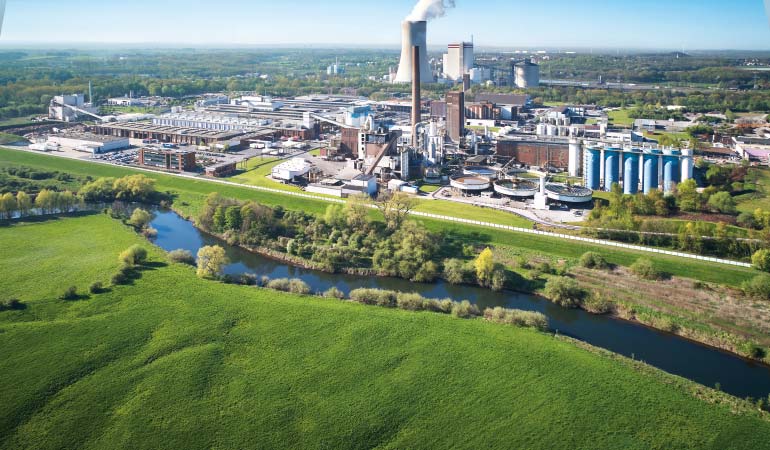
Let’s talk about the future: at the moment, no one believes that energy prices will drop to a low level in the coming years. And the sustainability targets that you mentioned have to be reached as well. What are your priorities as you head towards this goal?
Silvio Löderbusch: First of all to create a data set that we can draw on and use to formulate unambiguous targets. It’s easy enough to say ‘Reduce your carbon footprint to the level it was in 1990’. Who knows what this level was back then if there’s no data available about it. Secondly, we’re going to have to completely rethink our processes and supply chains. Does it make sense to use the electricity we produce for our own processes or is it more sensible to use the electricity from the incineration plant to, for example, fill up the storage units or produce hydrogen? We can then use this information to draw up our strategy and this will be used to reach our goal.
How deep will you have to dig to achieve the 55% target by 2030? Will it be enough to systematically reduce consumption and grow efficiency? Or must there be a rethink about the production processes currently being used?
Silvio Löderbusch: As I said, rethinking the production processes won’t be enough by itself. We’ll have to rethink the whole of the supply chain if we want to achieve this goal. This will also open up some great opportunities as it can bring us even closer to customers and make us less replaceable.
At the moment, you generate energy from biogas and incinerating waste and you operate two gas combined heat and power plants. Do you think this energy mix will change, for example to include solar panels?
Silvio Löderbusch: The energy mix will definitely change, which is why it’s important that politicians don’t commit to one particular form of energy straight away. We need the freedom to make the most of all the opportunities available to us. We’re happy to define transitional periods for certain kinds of technology but, as a basic rule, all options must be considered for tackling this unique task. If our hands are tied right from the start then the chances aren’t great that we’ll achieve this very ambitious goal.
The Lippe Plant – Europe’s largest recycling centre
Covering an area of 230 hectares, REMONDIS’ Lippe Plant in Lünen is home to a wide range of innovative recycling systems – making it Europe’s largest industrial recycling centre. REMONDIS Production currently supplies 33 of the companies located at the site with energy, 23 of who belong to the REMONDIS Group. 162,000m² of the grounds are dedicated purely to production activities (spread over 78 buildings). 1,400 people work at the plant, including those employed at REMONDIS’ head office.

The site’s energy infrastructure effectively covers all conceivable processes: electricity, compressed air and heat are produced on site; electricity, heat, compressed air and gas are consumed; it operates its own electricity network; and electricity is fed into the national grid. Four power stations generate electricity: a biomass-fired power plant, a fluidised-bed power station and two combined heat and power plants. The numbers are impressive: all in all, these power stations produced more than 200 GWh of electricity in 2022, the majority of which was fed into the national grid. The plant’s own requirements lie at around 80 GWh. In addition to this, it needs over 100 GWh of natural gas, almost 70 million cubic metres of compressed air and more than 140,000 tonnes of steam. Find out more at: https://www.remondis-lippe-plant.com/en/an-overview-of-the-site/







